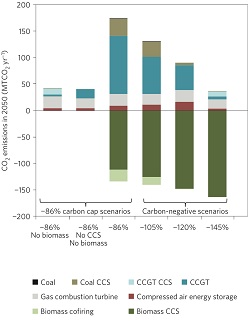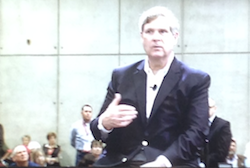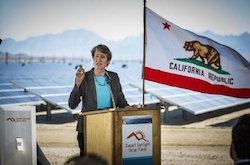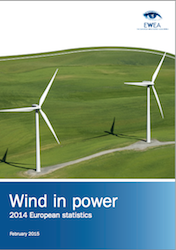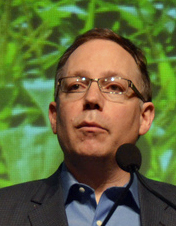 Biodiesel is making more inroads in the marine industry. This article from the nautical magazine, The Triton, says that while it’s still not that common to see biodiesel fueling a boat motor, it is gaining popularity.
Biodiesel is making more inroads in the marine industry. This article from the nautical magazine, The Triton, says that while it’s still not that common to see biodiesel fueling a boat motor, it is gaining popularity.
Cummins, which manufactures marine engines up to about 700 hp, approves the use of B20 biodiesel on many of its high horsepower products that are fitted with common rail fuel injection systems. For larger engines with the horsepower needed for superyachts, manufacturers such as MTU allow their engines to be run on a maximum of B07 (7 percent biodiesel). MTU’s intention is to have its newer engine designs run on B100.
Caterpillar engines, on the other hand, can now operate with B20 on its complete line of marine engines. In Europe, MAN common rail engines are certified to run on B05. However, in the United States MAN will not approve the use of biodiesel blends on its common rail engines. Stateside, its engineers will only allow the use of these blends in older, non-common rail engines. The reason? MAN believes the quality of biodiesel manufactured in Europe is more consistent than in the U.S., but they do believe that will change.
Biodiesel blends, which are approved for use in marine engines, have at least one advantage over petrodiesel. Biodiesel has a higher lubricity, which results in less wear to parts such as fuel injectors. Traditional diesel fuel uses sulfur for lubrication, and much of that component has been removed from the refined fuel to reduce emissions and the resulting air pollution.
The author does caution about a couple of possible pitfalls with biodiesel. First, it will degrade three times faster than petroleum-based diesel, so proper fuel handling and storage techniques must be followed. Second, since it is since a clean-running fuel, it will dissolve and loosen many of the gum and tar deposits in the fuel system, leading to potential fuel filter clogging. Boat owners converting from pertoleum-based diesel to biodiesel are just encouraged to change fuel filters a bit more frequently.


